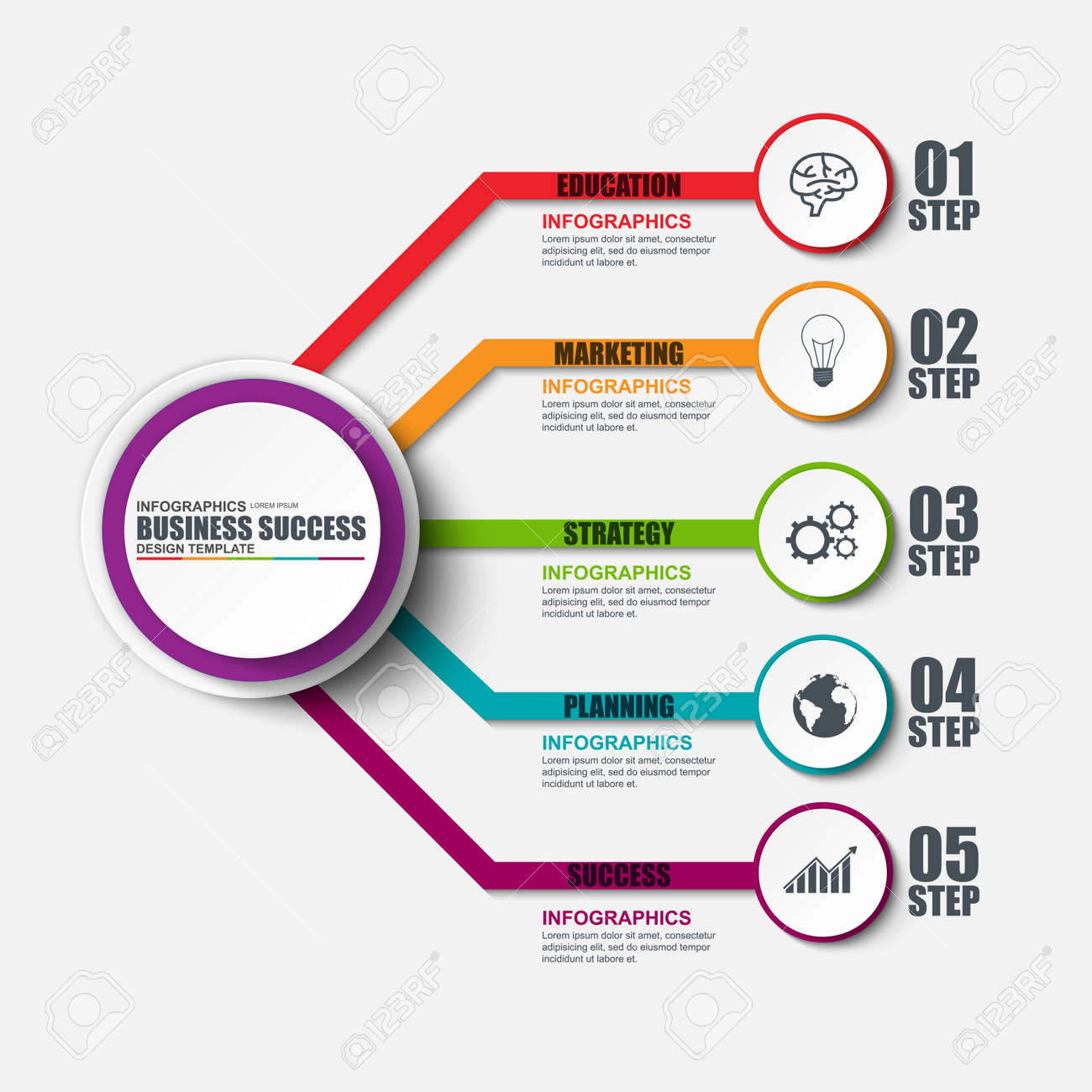Fascinated In Learning Exactly How Web Site Style Has Evolved? Take A Trip Through The Transformation
Fascinated In Learning Exactly How Web Site Style Has Evolved? Take A Trip Through The Transformation
Blog Article
Web Content Create By-Thorsen Dalby
In the past, websites were easy and concentrated on details. Navigating was direct, and design was for desktops. Currently, user experience is essential. Information overviews designs for easy navigation. Receptive designs match different gadgets. Today, dark mode reduces pressure, and minimalist food selections improve navigating. Interactive attributes engage users, and vibrant visuals attract attention. AI assimilation increases interaction. See how layout has actually progressed to boost your on the internet trip.
Very Early Days of Website Design
In the early days of web design, simpleness preponderated. Sites were basic, with restricted shades, typefaces, and designs. The emphasis got on offering details instead of fancy visuals. Users accessed the web through slow dial-up links, so speed and performance were vital.
Navigation food selections were straightforward, normally located on top or side of the web page. Websites were designed for computer, as mobile browsing had not been yet prevalent. Content was king, and designers focused on very easy readability over complicated style components.
HTML was the main coding language used, and developers needed to work within its restrictions. Animations and interactive attributes were minimal compared to today's requirements. Web sites were fixed, with little dynamic material or customized individual experiences.
Increase of User-Focused Style
With the development of internet site design, a change in the direction of user-focused layout concepts has actually come to be increasingly popular. Today, creating web sites that focus on customer experience is essential for engaging visitors and achieving organization objectives. User-focused layout involves comprehending the demands, choices, and habits of your target market to customize the internet site's layout, material, and features as necessary.
Developers currently carry out extensive study, such as customer surveys and use testing, to gather insights and responses straight from users. This data-driven method helps in developing user-friendly navigating, clear calls-to-action, and visually attractive interfaces that resonate with visitors. By placing the user at the center of the layout process, websites can provide a more customized and pleasurable experience.
Receptive style has additionally become an essential element of user-focused design, ensuring that internet sites are optimized for different devices and display sizes. This adaptability enhances accessibility and functionality, dealing with the varied means individuals interact with websites today. Fundamentally, the surge of user-focused style indicates a change towards producing digital experiences that prioritize the needs and assumptions of the end user.
Modern Trends in Website Design
Discover the most up to date trends forming website design today. One popular trend is dark mode design, offering a streamlined and modern look while minimizing eye strain in low-light atmospheres. Another essential pattern is minimal navigating, simplifying menus and boosting customer experience by focusing on essential elements. Integrating micro-interactions, such as computer animated buttons or scrolling effects, can create a much more engaging and interactive website. Receptive style continues to be vital, ensuring seamless individual experiences throughout numerous devices. In addition, using strong typography and unbalanced formats can add visual interest and accentuate details web content.
Incorporating AI innovation, like chatbots for consumer assistance or individualized referrals, improves individual involvement and streamlines procedures. Ease of access has additionally become a substantial fad, with developers focusing on inclusive style methods to deal with diverse user demands. Welcoming sustainability by maximizing web site efficiency for rate and effectiveness is one more emerging fad in web design. Working together with check out here and data analytics to repeat and boost style continuously is necessary for staying relevant in the ever-evolving electronic landscape. By welcoming these modern fads, you can develop a visually appealing, straightforward web site that resonates with your target market.
Conclusion
As you assess the evolution of internet site design from the early days to currently, you can see how user-focused style has actually ended up being the driving pressure behind modern trends.
Embrace the trip of adjustment and adjustment in website design, always keeping the customer experience at the forefront.
Remain present with the current trends and innovations, and never ever quit evolving your approach to create aesthetically stunning and straightforward websites.
Develop, adjust, and develop - the future of website design remains in your hands.
